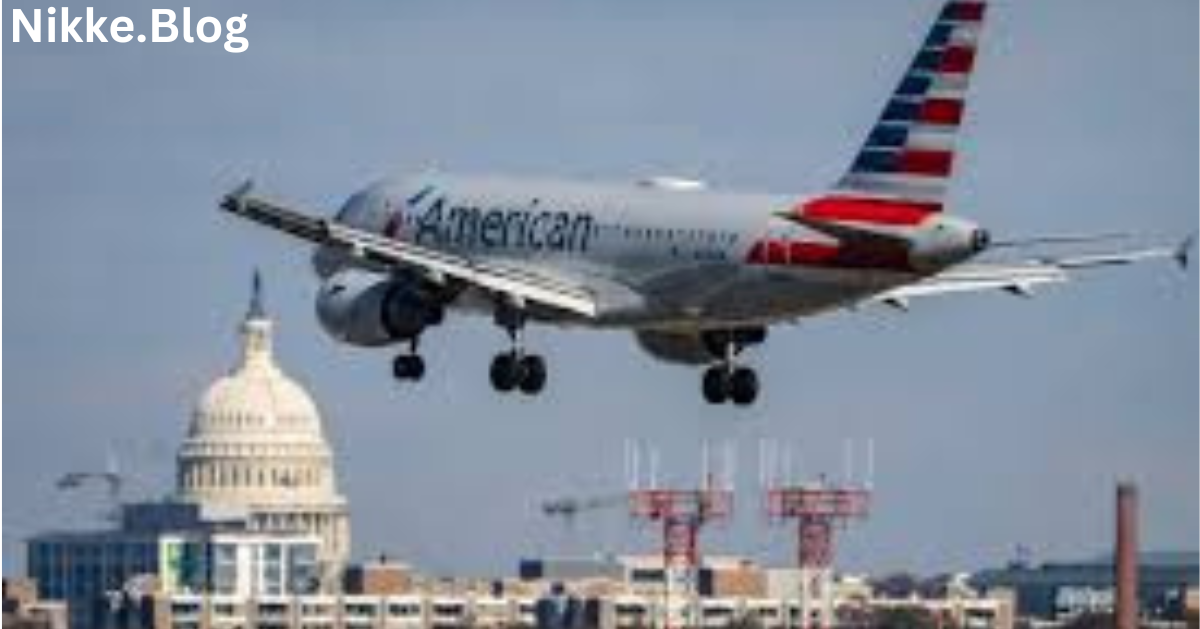A faa investigates near-collision at washington national airport has raised serious concerns about aviation safety. The Federal Aviation Administration (FAA) is investigating the event, which highlights the challenges of ensuring air traffic safety in one of the nation’s busiest airspaces. This article delves into the details of the incident, the investigation process, and its broader implications for aviation safety.
What Happened During the Near-Collision?
The near-collision occurred on [insert specific date and time if available], involving two commercial aircraft that came dangerously close to each other during landing and takeoff procedures. Preliminary reports suggest a miscommunication between pilots and air traffic control could have played a role. Witnesses reported seeing the planes within an alarmingly short distance, prompting immediate evasive maneuvers. Fortunately, no injuries were reported, and both aircraft landed safely.
FAA’s Investigation Process
The FAA’s investigation will focus on identifying the root cause of the incident. Key steps include:
- Data Collection: Gathering flight data recorder information, communication logs, and radar readings.
- Interviews: Conducting interviews with pilots, air traffic controllers, and other personnel involved.
- Analysis: Reviewing weather conditions, flight paths, and adherence to standard operating procedures.
- Report Preparation: Publishing findings and recommending measures to prevent similar occurrences.
The FAA’s thorough approach ensures transparency and accountability, reinforcing public trust in air travel safety.
Causes of Near-Collisions in Aviation
Near-collisions can occur due to a combination of factors, including:
- Human Error: Miscommunication or misjudgment by pilots or air traffic controllers.
- Technical Failures: Issues with radar systems or onboard collision-avoidance technology.
- Weather Conditions: Reduced visibility or severe weather impacting flight operations.
- Congested Airspace: Increased air traffic in busy airports like Washington National.
Each incident serves as a learning opportunity to refine safety protocols and mitigate risks.
Safety Measures and Protocols in Place
The aviation industry employs numerous safety systems to prevent collisions, including:
- Air Traffic Control Systems: Real-time monitoring and guidance for aircraft.
- Collision-Avoidance Technology: Onboard systems that alert pilots of potential threats.
- Pilot Training Programs: Comprehensive training to handle high-pressure situations.
- Standard Operating Procedures: Strict guidelines for takeoff, landing, and in-flight operations.
Despite these measures, incidents like this highlight the need for constant vigilance and technological advancement.
Reactions and Implications
The incident has prompted swift responses from the FAA, airlines, and the public. The FAA emphasized its commitment to safety and announced immediate reviews of operational procedures at Washington National Airport. Airlines involved have expressed cooperation with the investigation and reaffirmed their dedication to passenger safety.
This near-collision underscores the importance of stringent safety measures and could lead to regulatory updates aimed at minimizing risks in busy airspaces.
Lessons Learned and the Path Forward
The aviation industry continuously evolves to address emerging safety challenges. Key lessons from this incident include:
- The critical role of effective communication between pilots and air traffic controllers.
- The need for advanced technology to enhance situational awareness.
- Ongoing training and drills to prepare for emergency scenarios.
Collaboration between regulatory bodies, airlines, and technology providers is essential to maintaining and improving aviation safety.
Conclusion
The faa investigates near-collision at washington national airport highlights the complexity and importance of ensuring air traffic safety. While air travel remains one of the safest modes of transportation, incidents like this remind us of the need for continuous improvements in technology, training, and regulations. The lessons learned from this investigation will undoubtedly contribute to making the skies even safer for everyone.
FAQs
What is the FAA’s role in aviation safety?
The FAA oversees and regulates all aspects of civil aviation in the United States, including air traffic control, pilot certification, and aircraft maintenance standards.
How often do near-collisions happen?
Near-collisions are rare, thanks to advanced safety systems and strict regulations. However, they are thoroughly investigated to prevent future occurrences.
What should passengers know about airline safety procedures?
Passengers can trust that airlines follow rigorous safety protocols, including regular aircraft maintenance, pilot training, and adherence to FAA regulations.
